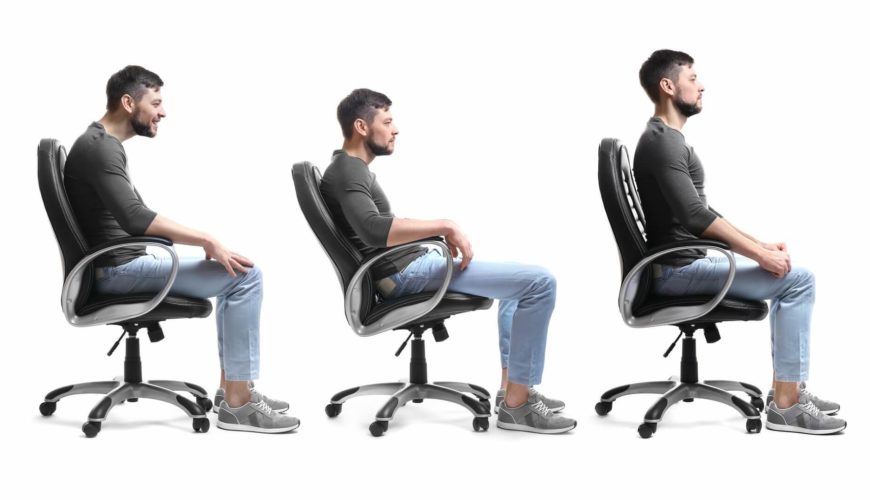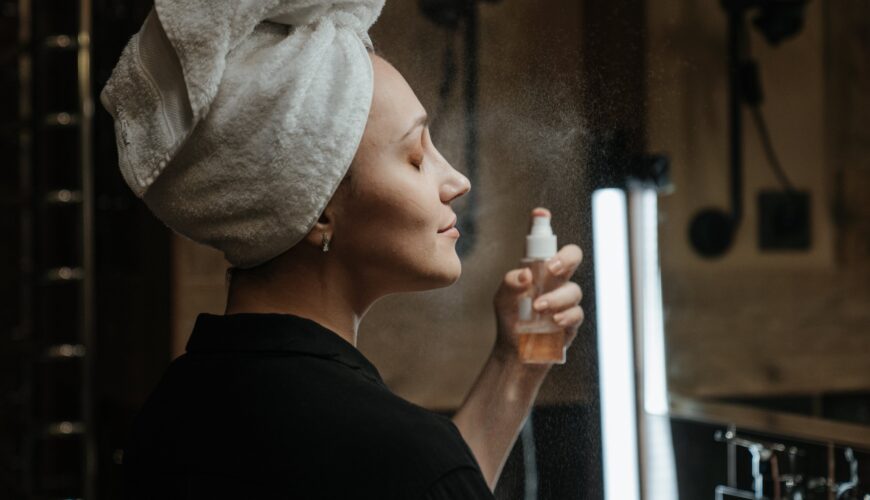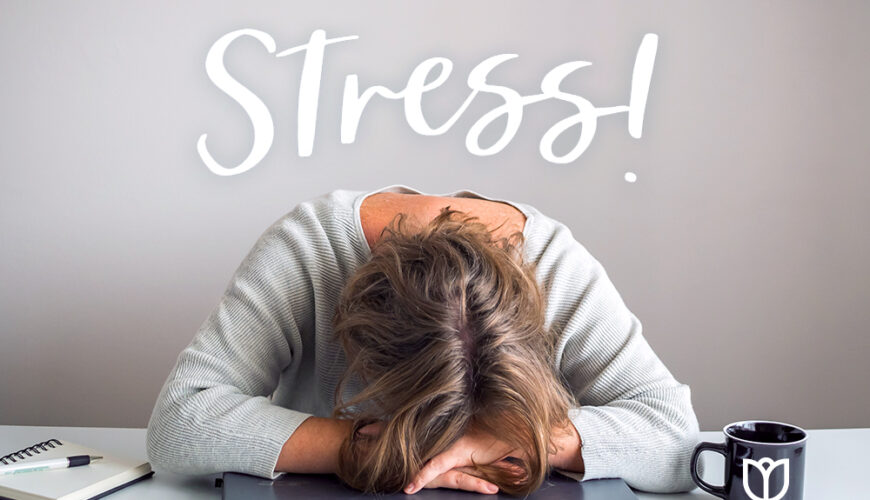Scoliosis is a condition that normally occurs to children but can also be experienced by adults. However, research shows that about 3% of Americans suffer from this problem annually. These figures can only continue surging if you don’t learn how to sit in a chair with scoliosis.
For the children, this condition does not require treatments because it recovers naturally. However, in severe cases, you can go for braces or physical therapy. Those willing to prevent this discomfort can sort the matter only if they know ways, they can utilize their chair with scoliosis. Therefore, we recommend that you check a professional doctor to prescribe the exercises for you if the situation worsens.
How to Sit in a Chair with Scoliosis?
People who have scoliosis find it hard to maintain a proper sitting posture. But if you want to do away with the problem, you need to practice this regularly. Leaning on one side is quite detrimental because you will develop additional issues. But by employing a few tricks and exercises, you will get your spine back on track. Learn below how to sit in a chair with scoliosis.
Understand Proper Posture
Research shows that you should sit in a chair with scoliosis by keeping your back straight while sitting. You should not sit on the edge of the seat and make sure your pelvis is always neutral. Don’t tilt your Chair for Scoliosis back or forward if you want to do away with this condition you can find a source here. Consequently, the thoracic extension performance while sited is fundamental for you to release tension.
Another essential thing that provides a proper posture is having your knees lower than the lips. More especially when your feet are flat on the floor. When you leave your legs hanging while sitting, your lower back gets unnecessary tension.
When you have this condition, experts recommend that you refrain from crossing your legs so that you can achieve a better alignment. Consequently, you can try out yoga to achieve a proper posture. When your legs are apart, experts say that the position lowers back pain.

Sit in Comfortable Chairs
When dealing with scoliosis, forget sitting on a chair like sofas and armless desk chairs because they are. This is because a spine problem requires an ergonomic chair for it to recover fully. Your office chair should always cater to your comfort and allow you to maintain your alignment.
When selecting the right chair, ensure you know how unique your body is so that you can cater to your individual needs. If you can’t afford an office chair, you can still buy an orthopedic seat cushion. This is because it can help provide you with the necessary comfort. But if you love your body, there is no need as to why you should not spend extra bucks.
Perform Desk Exercises
When you are sitting in your chair, you should frequently move to relieve your muscles. Some people work for a long time. If this is the case, what will help you deal with scoliosis is performing simple desk exercises. Try out the Thoracic extension, and you will never regret it.
Here is a tip on how you can perform this Thoracic extension movement;
The exercise is a 30-minute interval, and it works great to help you release tension that develops after sitting for long
Lean over the back of the chair and let your head face forward·
The second step is to stretch your back to the back while your hands are touching the shoulders from the opposite side. You will form an X. Maintain that position for about 30 minutes
When you consistently perform this movement, you will do away with back pains, and your condition is likely to improve in the future.
Neck and Head Positioning
People who have scoliosis require a chair that has neck, head, and body support. These chairs are ideal because they prevent them from slumping sideways. When you slump sideways, and you have this condition, you will worsen the condition.
You need to maintain the neutral midline by having lateral and neck support. Consequently, chairs with the tilt-in-space assist in combating any pressure that builds up. If you spend a lot of time seated, this one best suits you to cure scoliosis.
Loose or Fixed Lateral Support
For purposes of improving posture, you need lateral back support. This feature counter-supports both sides, alleviating the twisting and bending caused by scoliosis. Sit on a chair that has correctly fit supports. It will help if an occupational therapist does it because they need to suit in various positions.
Having loose or removable supports is common because it allows the one with scoliosis to reposition correctly. Correct repositioning is one way of improving the scoliosis condition.

Ensure if you have scoliosis, you let the spine always follow the lines of your backrest. As insignificant as it may be, ensure the small of your back is given the attention it deserves. Your backrest support should be at your back and not between your shoulders. This is achieved by adjusting your chair properly for maximum support. By doing this, the pain points will reduce significantly.
Conclusion
Our insight on How to Sit in a Chair with Scoliosis has equipped you with some of the essential routine measures to employ. These measures are important to improve your spine condition if you have been affected with scoliosis. Ensure you incorporate stretches because scoliosis is typically tied to the back muscles. While standing, sitting, or sleeping, you can perform a lot of stretches.
Another critical thing to point out is that you can consult a medical professional if your condition worsens. The professional will recommend the most effective exercise program for you after examining the type of curve that you have.




